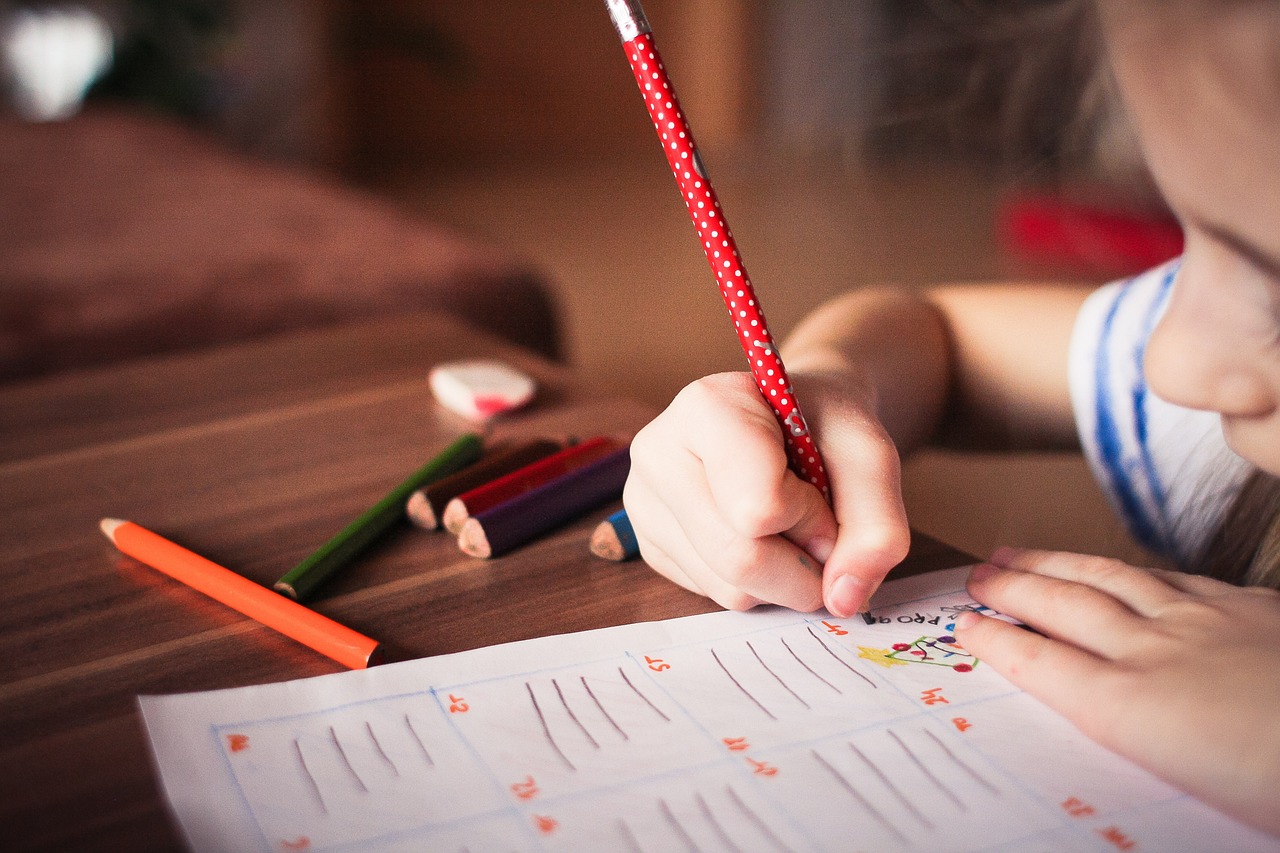Drawing on Time-Tested Studies to Help Children Today
Using data from the past to help foster resilience in today's students

Emmy Werner studied resilience, at a time when resilience research was not widely recognized, as a resource to help traumatized children outside of scholarly literature, until now. Werner’s work is based on a remarkable longitudinal study that tracked hundreds of children who were born on the Hawaiian island of Kauai in 1955, over four decades.
One out of three of the children from Kauai identified as high-risk grew into unexpectedly competent, confident, and caring adults. They did not develop behavior or learning problems during childhood or adolescence. They succeeded in school, managing home and social life well. These children grew into adults who were somehow able to overcome incredible odds, leading to successful and fulfilling lives.
This study challenged the persistent belief that at-risk children cannot succeed. How did they beat the odds?
A consistent pattern of protective factors were revealed in these resilient children:
- Protective factors within the individual: These included characteristics such as intelligence, a positive outlook, a sense of humor, and a talent or interest that provided a sense of purpose and identity.
- Protective factors in home life: These included having at least one supportive and involved opportunity to establish a close bond with at least one competent, emotionally stable person who was sensitive to their needs, often substitute caregivers such as grandparents, older siblings, aunts, or uncles.
- External factors: These included access to supportive social networks, such as teachers, mentors, and peers, and opportunities for involvement in activities that fostered positive relationships and skills development.
The second and third factors are provisions that schools and communities can foster, but the first factor may seem dependent on the individual. Yet, internal resilience can be learned, resulting in these protective factors interacting in a synergy that compounds positive long-term consequences. Indeed, schools and communities can implement the lessons learned from Werner’s study. More evidence across other studies provide validation for generalizing strategies to disadvantaged children in schools.
Learning Resiliency from Historical Patterns
A more recent tragedy, with parallels to post-Covid student trauma, was conducted for Katrina hurricane survivors. This disaster wiped out much of the city of New Orleans in 2005. Researchers published findings on “resilience outliers” a decade later, in Children of Katrina. These kids were displaced from school and home for a year, and had no digital access to connect to their educational or social lives.
Similar to the pandemic, 100,000 post-Katrina students were isolated, stripped of critical developmental and social learning opportunities. However, the researchers found individuals who had not only survived, they went on to lead successful, thriving young adult lives. As with Werner’s findings, a sense of strong community helped Katrina kids rebuild their lives. And like the Kids of Kauai, having a strong support network helped those traumatized children experience post-traumatic growth.
Tech & Learning Newsletter
Tools and ideas to transform education. Sign up below.
Patterns in history reinforce solutions. Moving ahead to 2014, Google researched who their most successful employees were. The assumption was that those who went to prestigious universities topped the list. Certainly, they were given the conditions to succeed, except they were beaten out by individuals who had endured a trauma at some point in their lives, and excelled not despite, but perhaps because of, the lessons learned from overcoming.
This study reinforced that not all is lost. In fact, resilience is sometimes best learned through real-life challenges. Incorporating protective factors helps traumatized individuals draw strength, rather than weakness, from circumstances.
Expectations and Outcomes
The Pygmalion Effect, another study regarding school community support that dates back a half century, showed how teachers who were told certain students were gifted, expected them to excel academically. Another group of students, they were told, were average. In reality, there was no difference between these groups. Yet the teachers treated the perceived gifted as more intelligent, providing them with more attention, encouragement, and opportunities.
As a result, the perceived gifted students demonstrated gifted levels of performance while their peers performed as expected, with average performance. The Pygmalion effect revealed higher expectations leading to better performance.
Teacher perceptions and attitudes toward students often include unintended biases. Being conscious of this can help all children, by pushing past our biases to create supportive learning communities, so all children are given opportunities to excel.
Consider a template to guide educators:
- Teaching resilience to children so they can learn to persevere. Resilience building can often be achieved through inspirational stories of overcoming trauma.
- Provide strong affiliations to mentors, coaches, and teachers to foster a sense of connection to adults in the life of children in need.
- Provide outlets for supportive social networks, such as teams, clubs, religious affiliations, and other organizations to connect students to these children.
While not a failsafe, these actions, as evidenced, certainly increase the odds of success for those who have had to overcome barriers in early life. Stacking these strategies together further compounds the likelihood of success for many students, certainly more than without.
- Reversing Digital Disruption for Students
- How to Lead Post-Pandemic Students to Thrive After Years of Isolation
To share your feedback and ideas on this article, consider joining our Tech & Learning online community here
Dr. Michael Gaskell is Principal at Central Elementary School in East Brunswick, NJ, has been published in more than four dozen articles, and is author of three books: Radical Principals, Leading Schools Through Trauma (September, 2021) and Microstrategy Magic (October, 2020). Mike presents at national conferences, including ISTE (June 2023) The Learning and the Brain (November, 2021), and FETC (January 2023, and 2022); and works to find refreshing solutions to the persistent problems educators and families face. Read more at LinkedIn
